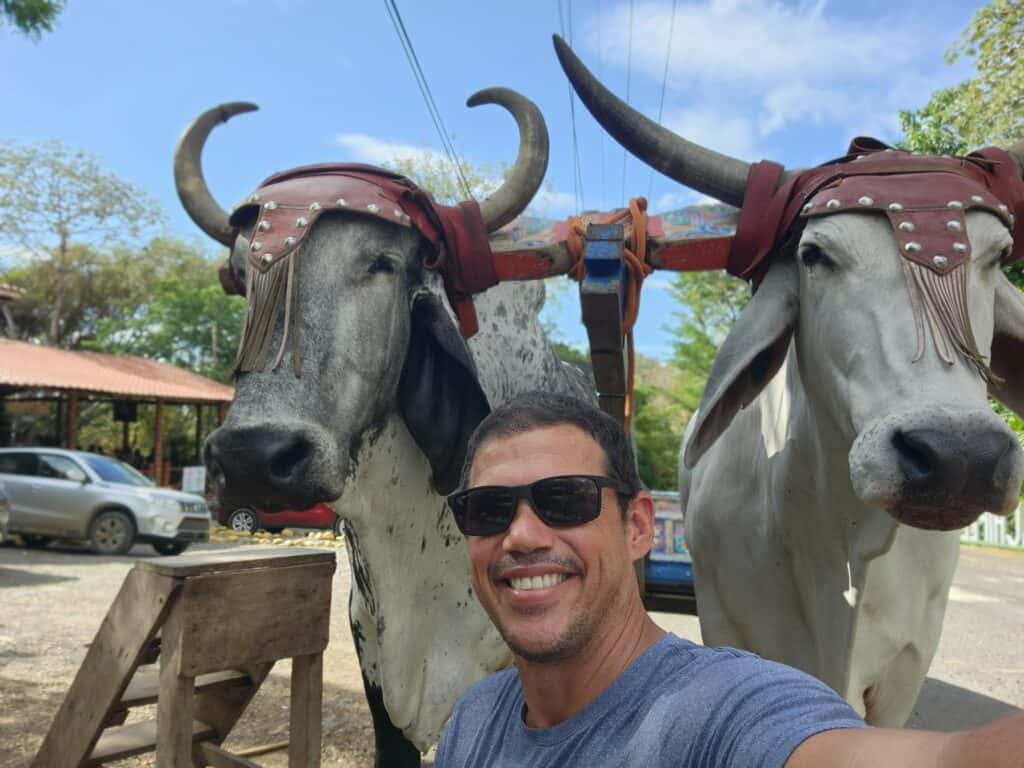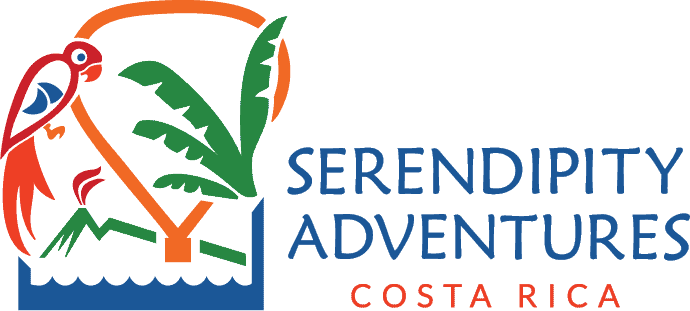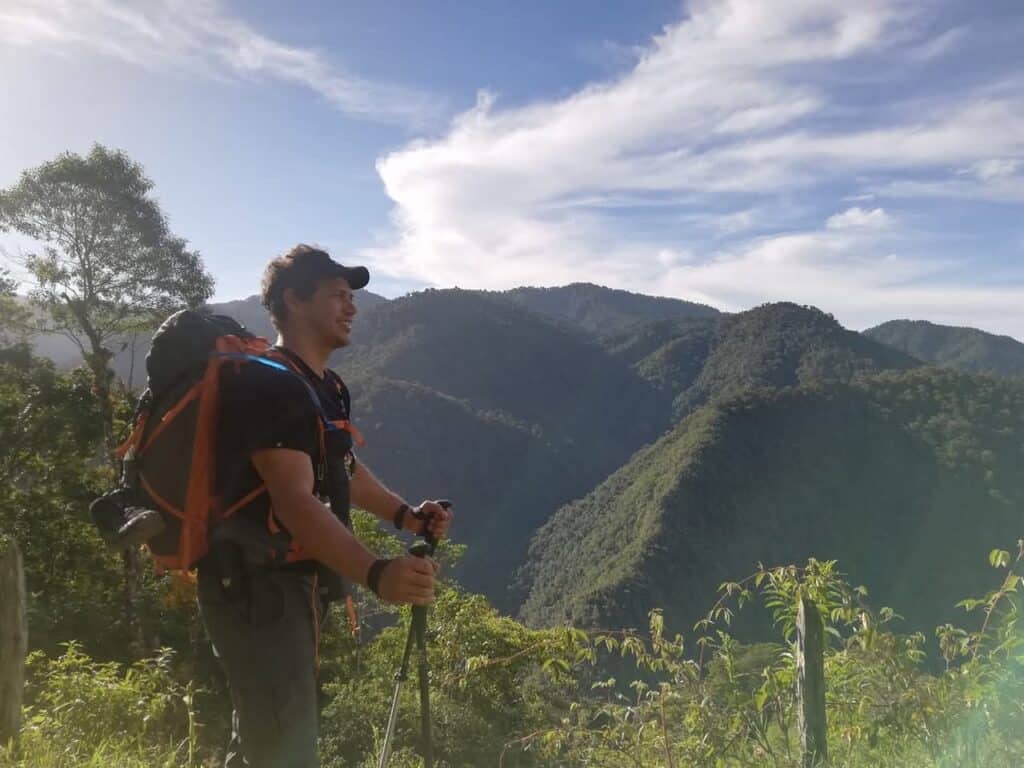
How did you first hear about Serendipity Adventures?
Tito: I’m from Turrialba, and about 30 years ago, I first came across Serendipity. The word “serendipity” itself wasn’t very common in Spanish, so it was intriguing. The company had a warehouse in downtown Turrialba, and they had a hot air balloon. I remember seeing them fly the balloon when I was in high school and thinking, “Who are these gringos with balloons?”
Later, as I got into river guiding, I started noticing Serendipity’s trips. A friend told me about a guide training school they ran, and about 12 or 13 years ago, I decided to join. That was a major turning point for me. I was already a river guide, but working with Serendipity introduced me to a whole new world—beyond just the river. I learned about guiding, driving, and the service aspect of the job. It was a completely different experience from what I had known before.

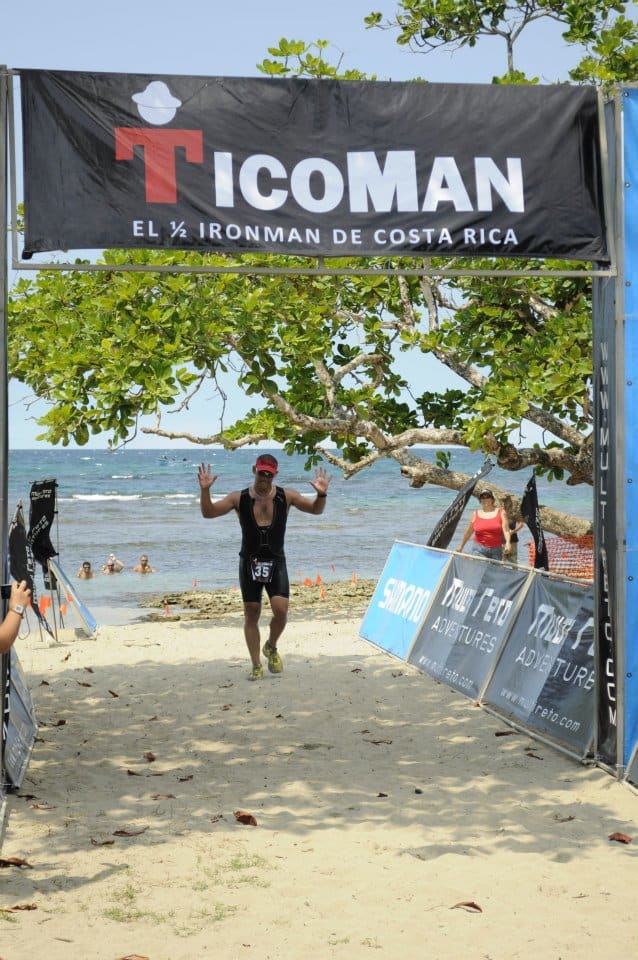

So, before joining Serendipity full-time, were you guiding with other companies?
Tito: Yes. At first, I was a river guide working with different companies. My friend Alex Fernández, who was already working at Serendipity, encouraged me to join a week-long training session. I decided to give it a try, and from there, everything changed. Unlike traditional rafting companies that focus solely on navigating the river, Serendipity offered something different—a more personalized experience with deeper interactions between guides and guests. It wasn’t just about rafting; it was about creating an adventure.
What do you think makes a rafting trip with Serendipity different from others?
Tito: The biggest difference is the level of personalization. Most rafting companies are focused on getting down the river as quickly as possible, but with Serendipity, it’s about the journey. We take the time to engage with guests, learn about their perspectives, and introduce them to local culture. Our trips often include visits to Indigenous communities, stops for fishing, and opportunities to simply relax and enjoy the river. Even the food is different—we don’t just offer a sandwich; we provide a full meal. At first, I didn’t fully understand this approach, but over time, I came to appreciate it. Now, I love it.
Were you guiding other rivers in Costa Rica, or just the Pacuare?
Tito: I started with the Pacuare River, but I’ve guided many others, including the Reventazón, which used to be wild with huge rapids. I also expanded beyond rafting, learning other adventure activities like ATV tours, canopy tours, canyoning, and mountain biking. My background in physical education helped because I already had the fitness and training skills. Serendipity allowed me to explore all of these activities and grow as a multi-discipline guide.
You mentioned being a physical education teacher. How did you transition into adventure tourism?
Tito: I studied in San José and later moved back to Turrialba when I met my wife. Teaching was an option, but I didn’t want to be a teacher forever. In the 1980s, when I was a kid, Turrialba was a conservative town. Then, suddenly, all these hippies from California and Colorado arrived, bringing rafting and adventure tourism. At first, locals didn’t understand them, but over time, the industry grew, and Costa Rican river guides emerged. I became part of that second generation of local guides.
Is Turrialba still one of your favorite places in Costa Rica?
Tito: Absolutely. I think Turrialba has so much potential. Unlike La Fortuna or Manuel Antonio, which are very touristy now, Turrialba still feels authentic. Here, you can hike real trails and discover untouched waterfalls. It’s a special place.
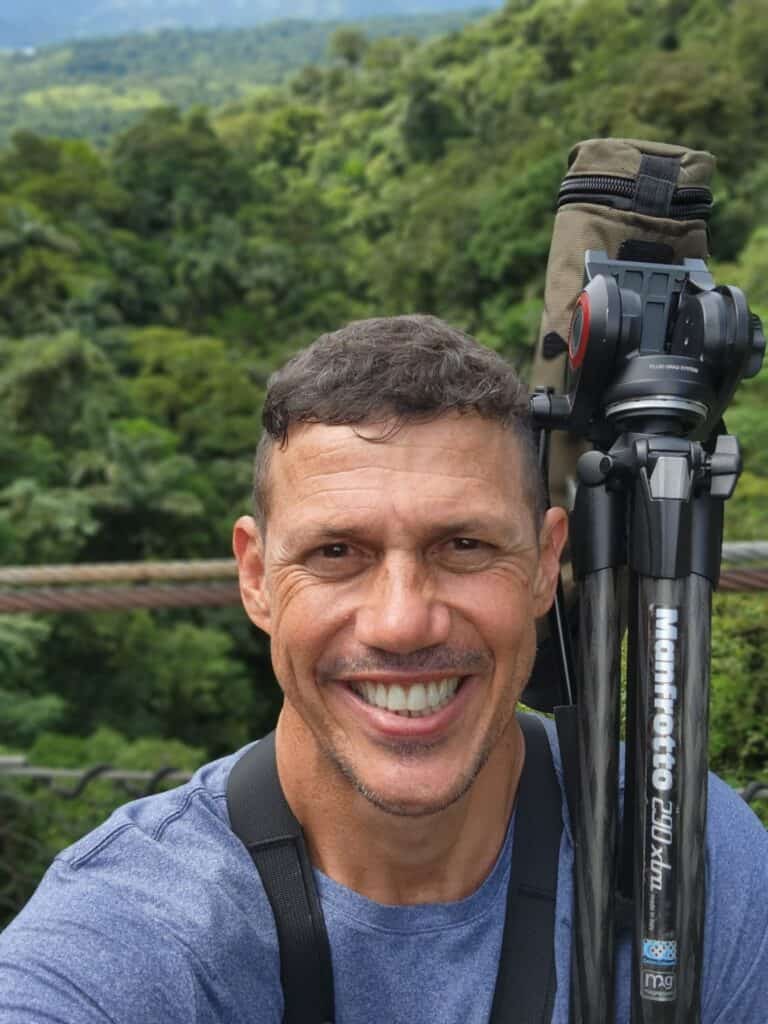
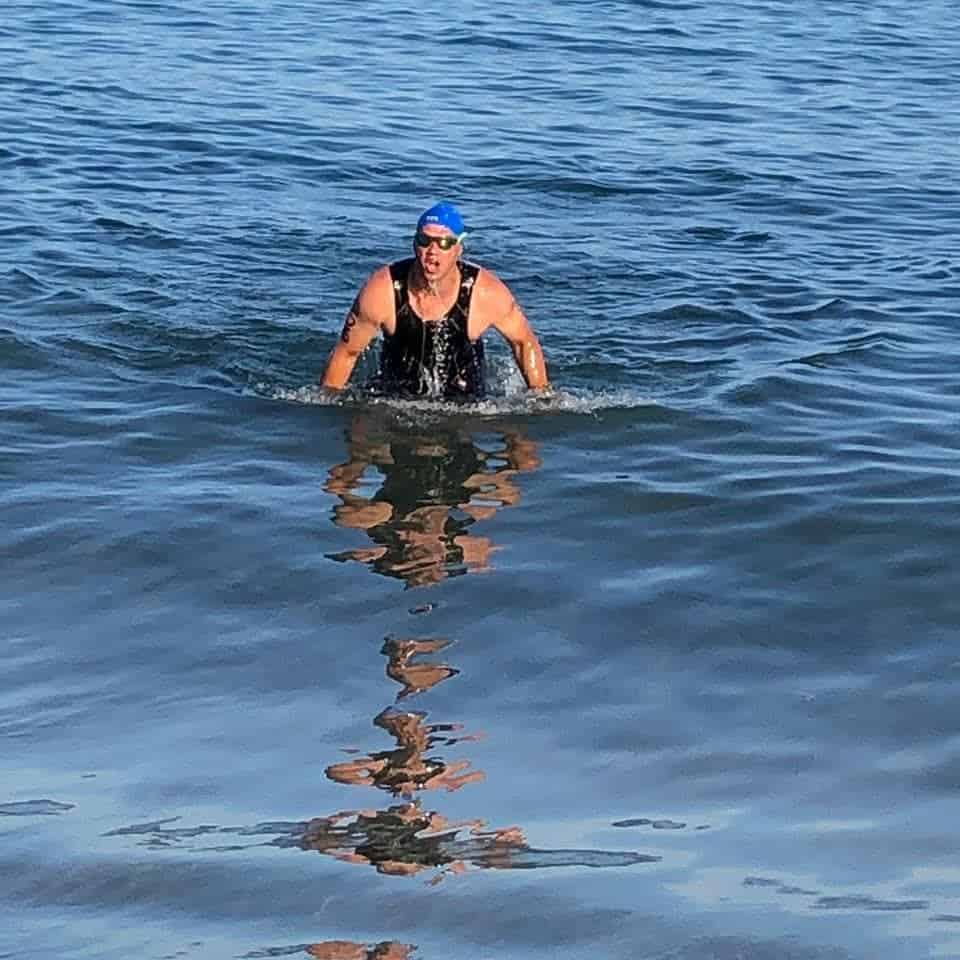
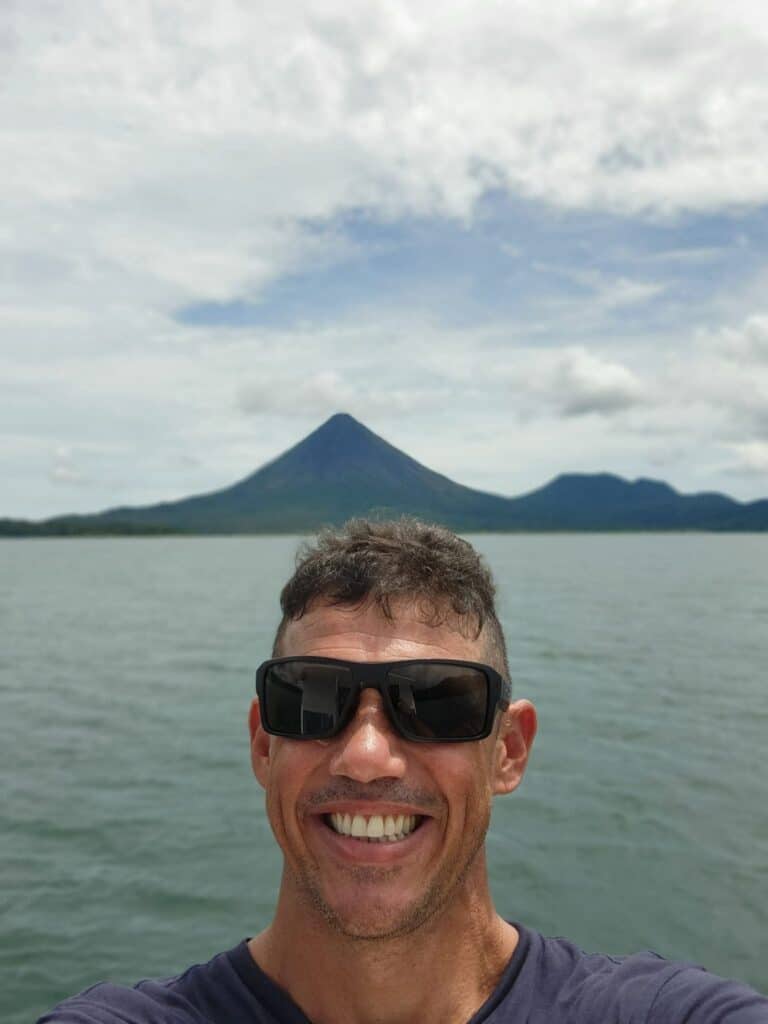
Besides rafting, what’s your favorite activity to guide?
Tito: I love all kinds of guiding—mountain biking, kayaking, canyoning—you name it. What I enjoy most is being with people. Guiding is an opportunity to learn as much as it is to teach. I’ve met people from all walks of life, from doctors to farmers, and I get to learn about different cultures and perspectives. Even small things, like learning how different English words are used in the UK versus Canada, make the job interesting.
You’ve traveled a lot. How has that influenced your guiding?
Tito: Traveling opens your mind. I first traveled around Costa Rica as a competitive swimmer when I was a child. Later, I started traveling internationally for tourism work. I’ve been to Slovenia, Italy, Austria, the UK, and many other places. One of my favorite cities is Sheffield in northern England. Traveling helps me relate better to guests because I understand different cultures and perspectives. It also reinforces the idea that there’s no single ‘right’ way to do things—just different ways.
What do you think makes Costa Rica a special destination?
Tito: The people. Costa Ricans are warm and expressive. I think it’s because we haven’t had an army for generations, so our culture is centered around peace and communication. We also have a deep respect for the environment. Everywhere you go, people are recycling, taking care of nature, and making conservation a priority. Visitors notice this, and it makes Costa Rica stand out.
What’s your next trip with Serendipity?
Tito: Tomorrow! I’m guiding a couple of guests, and we’re visiting some new hotels we haven’t worked with before. I love experiencing new places and meeting new people. Every trip is a chance to learn and grow, and that’s what makes this job so rewarding.
